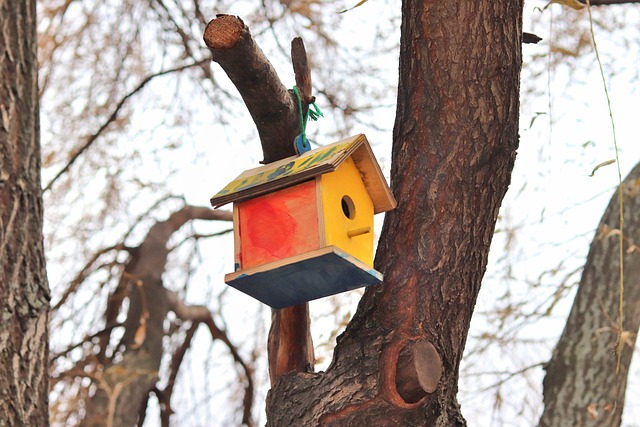In Denver's dynamic climate, strategic tree care is vital for both aesthetic and practical reasons. The average tree removal cost varies based on species, size, accessibility, and post-removal landscaping needs. By understanding these factors, property owners and designers can contribute to the city's environmental health and economic considerations, fostering a thriving urban forest that balances beauty and functionality. Consulting professionals for tree selection, strategic placement, regular care, and expert intervention ensures a sustainable landscape that enhances homes and communities.
“In the vibrant landscape of Denver, tree care is not just an aesthetic consideration but a crucial aspect of urban planning. This article explores how understanding tree care can enhance your Denver landscape design, particularly focusing on the influential factors behind the average tree removal cost in the Denver metro area. We’ll delve into practical tips and considerations to integrate tree design seamlessly, ensuring both the health of our urban forest and the beauty of our outdoor spaces.”
- Understanding Tree Care and Its Impact on Landscape Design in Denver
- Factors Influencing the Average Tree Removal Cost in the Denver Metro Area
- Integrating Tree Design into Your Denver Landscape: Tips and Considerations
Understanding Tree Care and Its Impact on Landscape Design in Denver

In the vibrant landscape of Denver, understanding tree care is not just an aesthetic consideration but a crucial aspect of responsible landscaping and urban planning. The city’s diverse climate and unique microclimates present various challenges and opportunities for tree health and longevity. Proper tree care practices can enhance the beauty and resilience of public and private spaces, ensuring these green areas thrive. Denver residents are increasingly recognizing the value of strategic tree placement, regular maintenance, and expert intervention to preserve and improve their urban forest.
Tree removal, for instance, is a significant service in the Denver metro area, with the average tree removal cost varying based on factors like species, size, and accessibility. Professionals in this field play a vital role in navigating the complex tapestry of urban landscapes, ensuring safe and efficient tree care services. By understanding these nuances, both property owners and landscape designers can contribute to the city’s overall environmental health and beauty while considering the economic aspects, such as average tree removal costs, that come with maintaining an expansive urban forest.
Factors Influencing the Average Tree Removal Cost in the Denver Metro Area

Several factors significantly influence the average tree removal cost in the Denver Metro Area, making it a dynamic price point dependent on various circumstances. One primary determinant is the size and species of the tree. Larger trees, especially those considered dangerous or invasive species, often command higher removal costs due to the specialized equipment and skilled labor required for safe extraction. The complexity of the removal process plays a crucial role as well; trees situated near structures, power lines, or other obstacles necessitate careful navigation and additional safety measures, driving up expenses.
Weather conditions also factor into the average tree removal cost. Inclement weather can complicate the removal process, leading to delays and increased labor costs. Additionally, the accessibility of the tree location matters; remote or challenging-to-reach sites may incur higher travel and equipment setup fees. Landscaping requirements post-removal, such as stump grinding or wood chipping, contribute to the overall cost, with additional charges for specialized services or materials.
Integrating Tree Design into Your Denver Landscape: Tips and Considerations

When integrating tree design into your Denver landscape, consider both aesthetics and functionality. The average tree removal cost in the Denver metro area can vary, but understanding local regulations and industry standards is crucial before planting or removing trees. Consult with a professional arborist to assess your property’s unique needs. They can help select species that thrive in Denver’s climate and soil conditions, ensuring long-term health and beauty.
Think about how trees complement your existing landscape features—patios, walkways, and gardens. Strategically placed trees can provide shade, reduce noise pollution, and enhance privacy while adding value to your home. Remember, proper tree care includes regular pruning, watering, and monitoring for pests or diseases. By prioritizing these considerations, you’ll create a vibrant, sustainable landscape that enjoys both visual appeal and practical benefits.
In conclusion, understanding tree care and its interplay with landscape design is key to creating vibrant and sustainable outdoor spaces in Denver. Navigating the factors that influence the average tree removal cost in the Denver metro area equips property owners with valuable insights for informed decision-making. By integrating thoughtful tree design strategies, residents can enhance their landscapes, ensuring both aesthetics and environmental benefits. These tips and considerations serve as a guide to help folks across the Denver metro area make the most of their outdoor environments.
